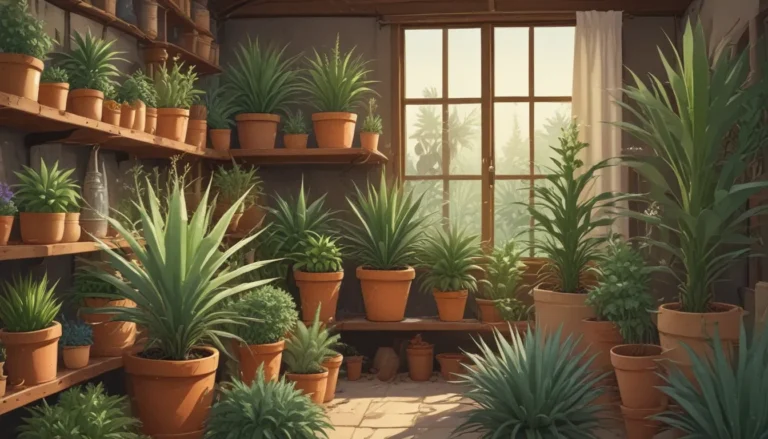Avoiding Leggy Petunias: Reasons and Solutions

Greetings, aspiring gardeners! Today, we’re diving into the intriguing world of petunias. Ah, the lovely petunia – a vibrant addition to any garden, but sometimes prone to becoming a bit… leggy. Fear not, for Auntie Kristine is here to guide you through the mysteries of leggy petunias. Let’s embark on this journey together and unlock the secrets to maintaining bushy, colorful petunias all summer long.
Understanding Leggy Petunias
Picture this: a cheerful petunia plant gracing your garden with its vibrant blooms. However, as the season progresses, those once-bushy plants start looking scraggly and thin. What sorcery is this? Let’s unravel the mystery behind leggy petunias.
Petunias have a natural tendency to display trailing or mounding growth habits. As the plant produces new flowers, it also sends out longer stems with fresh buds. This continual growth can lead to legginess if not managed properly.
Factors such as sunlight, water, and nutrients play crucial roles in determining the plant’s growth pattern. Self-heading varieties are known for their compact growth, requiring minimal intervention. However, it’s essential to understand how to prevent legginess even with these varieties.
How to Prevent Legginess
Now, here comes the juicy part – preventing legginess in your cherished petunias. By providing the right amount of water, sunlight, and nutrients, you can steer clear of the leggy predicament.
-
Water: Petunias thrive when the soil is kept consistently moist. Depending on the hybrid, location, and container, the watering frequency may vary. Aim to water the plants when the soil just begins to dry out.
-
Sunlight: Adequate sunlight is essential for healthy petunias. Ensure your plants receive at least six hours of sunlight daily, preferably more. Inadequate sunlight can cause the plant to stretch and become leggy.
-
Nutrients: For container-grown petunias, soil nutrition is a critical factor. Regular feeding with a balanced fertilizer is recommended to ensure the plants receive the necessary nutrients. Consider using a fertilizer rich in essential elements like Down to Earth Starter Mix.
Maintaining a consistent watering schedule, providing ample sunlight, and feeding your petunias regularly will help prevent legginess and promote robust, bushy growth.
Remedies for Leggy Growth
In the unfortunate event that your petunias have already succumbed to legginess, fear not! You have the power to rectify the situation and restore your plants to their former glory.
Simply trim back the leggy stems, removing approximately two inches at the end of each branch. Make the cut just in front of a leaf node to encourage new growth. For severely leggy plants, don’t hesitate to trim back up to two-thirds of the branches. Remember, petunias can handle significant pruning to rejuvenate their appearance.
Be diligent with deadheading faded flowers and ensure your plants continue to receive adequate water, sunlight, and nutrients for optimal growth.
Bid Farewell to Legginess
No more tolerating unsightly, leggy petunias in your garden! Embrace the knowledge you’ve acquired today and become the master of bushy, colorful blooms. With the right care and attention, your petunias will flourish, delighting all who behold them.
Are you ready to conquer legginess and nurture flourishing petunias in your garden? Share your questions and experiences in the comments below. Remember, the key to beautiful, vibrant petunias lies in your hands.
For additional insights on petunia care, explore these informative guides:
- Are Petunias Cold Hardy? Tips for Outdoor Winter Care
- How to Propagate Petunias from Seed
- How to Identify and Manage Common Petunia Pests
Let’s embark on this journey together and transform those leggy petunias into stunning focal points of your garden. Happy gardening!





